-
Posts
4,268 -
Joined
-
Last visited
-
Days Won
100
Content Type
Profiles
Forums
Resource Library
Events
Gallery
Blogs
Store
Community Map
Posts posted by Mayner
-
-
8 hours ago, leslie10646 said:
Yes, JB, I understand that they whizzed along quite nicely.
Mind you, it would take something to beat my 74.5mph with a 16E Pacific in South Africa on 3ft 6in gauge.
If you took that down a seventh to the "Three Fut", then the CDR, C&L etc should have been doing sixty or so!
I'm unaware of any logs of the CB&PR, but as it was predominantly a commuter line and with double track, they may have knocked up a half decent speed. Who knows?
Not exactly the British or Irish concept of a narrow gauge trains.
Maybe Queenslands 3'6" Gauge "Tilt Train" holds the Australian record at 210Km-----app/130mph and 160km----99.4mph in regular service.
A bit slower in New Zealand fastest officially established speed of 125km/h--79mph held by a Vulcan railcar (similar mechanically to GWR railcars) on a 1940 trial run in the South Island. Unofficial accounts of the modern JA Class 4-8-2s running at 85mph on the Canterbury Plains. These days the line limit is 100km for freight and passenger trains
-
Managed to make time to fit No98s wheels and coupling rods, but need to fit front vacuum pipe and screw couplers before returning the loco to the display case.

I masked the tyres with Tamiya 2mm masking tape before priming and painting the wheels in GSR grey (matched locally from a sample supplied by JHB)

The Markits driving wheels are locked in place by a slotted nut, the nuts in turn disguised by etched Markits "axlenut covers secured in place by the crankpin. While the original Romford crankpins were robust and easy to use the current Markits SuperDelux crankpins are threaded 14BA and require care in fixing to avoid damaging the pin.

98 back on her wheels, the number plate seems to be a temporary the real 93 was a slightly larger 60 Class or D14 which was re-built with a superheated belpair boiler during the 1930s.
Model of 98 is inspired by a photo of the loco at Inchacore during the late 40s, she retained her raised round topped firebox until withdrawn in 1954.
-
 14
14
-
-
Not the first railway station at Woodbrook a two platform halt at MP 11 used to serve the Golf Course most likely for major events but later disused.
-
3 hours ago, DiveController said:
John, is there any coach or kit that is currently available that would work well with these, the original 60' kit intended to work with your overlays is OOS
I don't know.
The original Airfix/GMR 60' coaches occasionally appear on e-bay https://www.ebay.co.uk/p/1351072475?iid=384074744618 though the corridor connections which were originally moulded in a flexible plastic tend to be brittle. B
The Bachmann 60' porthole coaches may be suitable, beware the Airfix/GMR/GMR Stanier Brakes and Bachmann Porthole Brakes as they are 57' coaches https://oliviastrains.com/product-category/bachmann-main/bachmann-coaches/bachmann-lms-porthole-coaches/
-
 1
1
-
 1
1
-
-
On 26/11/2023 at 2:32 AM, Gabhal Luimnigh said:
Lovely photos, what are the white box type things between the lines?
Engineers pegs put in place for alignment or re-laying work.
The man standing under the bridge may be a Lookout Man for a track gang working on the line.
Track in the photos of the station and cutting is jointed track laid on a mixture of wooden and concrete sleepers which were extensively used on the GNR during the late 50s-early 60s
-
 3
3
-
 3
3
-
-
21 hours ago, Patrick Davey said:
More excellent advice, thanks, GM! Clogherhead is intended to be something of an anomaly though with a basic passenger service through the week, and the remnants of holiday traffic at weekends, and also excursions, so the idea will be that the station would be manned during the day, even during the week, (anything to justify the frequent appearances of those MM & IRM diesels
 )
)
The booking hall interior will be fully detailed, so that’s a great idea about putting posters in there, and yes I think I’ll take down some of the external enamel ones as well. Thanks

Clogherhead seems to be a reasonably important fishing port, possibly a 4w or bogie luggage van on the 'early morning" Dublin commuter train with fresh fish for the Dublin Fish Market, the N1 Road north from Dublin was pretty horrendous until upgraded to motorway standards during the 1990s.
Cheap land and a commuter connection to Dublin would have been attractive to house builders during the 70s and 80s, companies that built in North Dublin in the 60s started buying relatively cheap building land in the Drogheda area during the 70s.
I am a bit conflicted by the neglect and dereliction of Clogherhead, quite different to my memories of stations on CIE branch and secondary lines during the 70s which tended to be maintained to a reasonable standard. CIE only seem to have cut back on building maintenance from the late 70s onwards, stations on lines that lost their regular passenger traffic during the 1960s were often fitted with 'modern' electric platform lighting and buildings painted in the 1960s corporate grey and white colour scheme.
I guess the local CIE Area Manager decided the money was better spent on maintaining mainline stations than a branch line.
-
 3
3
-
-
The most interesting aspect of Mail Train operation was the way trains divided at junctions like Athlone, Mullingar and Mallow almost until the end of Mail Train operation. The Galway Night Mails would set out with portions for Sligo and Westport which would be divided at the junctions on the out bound run to the provinces and re-combined on the return run to Dublin. The portions might include one or more 4w or bogie Luggage Vans, a TPO and a single coach when the Sligo and Westport Night Mails carried passengers.
Up to the late early 70s it wasn't feasible to take a day trip from Dublin to Westport and spend some meaningful time at the destination without taking the 'Night Mail' to get home due to the sparse nature of CIE passenger services.
An other train for Noel to model would be the short lived Newspaper Trains from Dublin to the Provinces that operated in the early 70s often a Bo Bo and a single Luggage Van.
The Wexford Newspaper train usually worked down during the early hours of the morning with a B141 and a Luggage van, before taking up summer season Wexford-Rosslare passenger services, before returning Loco and empty Luggage Van to Dublin. For a short time before the withdrawl of the Wexford Newspaper train in the late 70s CIE operated a late evening Wexford-Dublin passenger train using the Wexford-Rosslare Harbour set returning as a newspaper and empty passenger service during the early morning.
-
 1
1
-
 3
3
-
-
There was a lot of detail variation among early CIE coaching stock, 1st batch Coaches were 60' long on GSR bogies and welded version of the GSR underframe, length increased to 61'6" for second and subsequent batches of coaches, Bullied triangulated underframe under coaches introduced 54-55.

1954 Side Corridor Standard Bulleid underframe and Commonwealth Bogies GSRPS Tralee 1992-3

1463 "Laminate" 1958 Open Standard Mullingar 1983 Laminate (Aluminium-insulation-ply panels) body re-skinned with aluminium on timber framing late 1980s.
The main spotting difference between the 51-53/5 stock and the Laminates was the shape of the toilet windows and the end profile. The toilet compartments on some Bredin and 51-53 stock were placed at the centre rather than the end of the carriages.
-
 4
4
-
 2
2
-
-
The coach sides are available to order 6-8 week lead time.
I need to quote for each individual order as they are shipped direct from our supplier in the UK rather than a stock item
I recently supplied GSSGV sides and detail overlays for £40 plus shipping
-
 1
1
-
-
On 13/11/2023 at 4:03 AM, DJ Dangerous said:
Great to see the work unfolding before our very eyes. Some very shiny looking orange and black coaches nestled away on Platform 3.
Are the track panels held together using those bits of metal while in storage, as wood would rot?
BNM used sectional track with metal sleepers (not unlike tinplate model railway track) for both its permanent and temporary lines. The steel sleepers were used for strength and lighter weight to allow track to be put down, lifted and relocated easily as opposed to rot or insect attack.
Similar systems were/are used on sugar plantations and once used in civil engineering works.
-
 1
1
-
 1
1
-
-
I have dabbled in modelling Irish Railways in OO, N during the late 70s/early 80s, before attempting to model 5'3" on 21mm and 3' on 12mm, I have a couple of Large Scale Irish 3' gauge items 15mm Scale on 45mm (G/Gauge 1 track.
I have also dabbled in American outline N (1:160) and British Outline EM, my main interest is in model making rather than running or collecting rtr and not really interested in how.
Ironically the shift to N in the late 70s was driven mainly with frustration with my attempts to model Irish railways in OO and thought that I would be less tempted to attempt modelling Irish railways in N, but ended up with a reasonably realistic Irish outline layout using repainted/modified rtr and scratchbuilt buildings and structures.
I don't get hung up on the designation of my Irish Broad and Narrow gauge locos and stock, they are simply 4mm Scale that run on 12mm or 21mm gauge track with wheel profiles and running clearance based on EM Gauge Society clearances, the chances of being invited to run on another 21mm or 21mm gauge layout are fairly slim.
-
 1
1
-
-
2 hours ago, jhb171achill said:
I’m certain the demand will increase. With the norm in Ireland being various 4.4.0 and 0.6.0 types, one or both will be inevitable, I feel.
A common and late-lasting GNR, MGWR or GSWR design of either type would seem the most logical.
A preserved loco is the most likely candidate given IRMs focus on accuracy and practice of "measuring up" existing locos and stock when producing a model. Designing and manufacturing a model of a MGWR or GSWR design to the same standard would be challenging involving a lot of guesswork as available drawings and information is somewhat sketchy in nature.
Also the RPSI had their loco fleet digitally scanned about 10-15 years ago apparrently for modelling purposes.
-
 4
4
-
 2
2
-
-
49 minutes ago, jhb171achill said:
Yes, it would; but not necessarily in the exact same building, perhaps?
I’ve a notion that cabin was at the least very substantially modernised from its original form more recently.
The cabin appears to date from GSR/CIE re-signalling of Cork station and was similar in general styling to other large GSR cabins (e.g. Athenry, Dunlaoire, Claremorris)
Listed with 110 levers the largest mechanical lever frame in Ireland in Railway Lines of CIE & NIR 1985, its likely that the interior of the cabin would have been modified/working levers reduced as the track layout was modified and colour light signalling introduced from the late 80s onwards.
As Jhb states the cabin was substantially "modernised" from its original form in the IE era substantially changing the appearance of the building the original timber window frames replaced with aluminium (tnted?) glazing and external window cleaning walkways added.
https://www.flickr.com/photos/86202570@N02/15549327157
-
 2
2
-
 2
2
-
-
Quite a break through today when I found a set of loco driving wheels I mislaid over a year ago while assembling a 52 Class 4-4-0.

The collection of unfinished projects gets temproariily ? larger before it gets smaller
1-52 Class waits its driving wheels, 4 part built 650 Class 2-4-0, 3 J15/101 Class.

I thought the best option was to pause work on the MGWR 2-4-0 and fit No 93s wheels and return the loco to working order before I mislay/loose the parts again. Interestingly I packed the 4-4-0 wheel sets in a drawer labeled "Gibson 6'7" wheelsets when I mislaid the parts in 2022!
1st job is to degrease the wheelsets, before masking the tyres before priming and painting the parts before re-assembling the loco, decided at the same time to fit buffer heads and number plates to a J15 as the final touches in completing a J15 started about 20 years ago!
-
 9
9
-
 1
1
-
-
I hadn't time to do anything in the Workshop since June as a result of family commitments, but managed to make some time for myself in recent weeks including dusting off some long unfinished projects.

First up is completing a OO Gauge 650 Class for a customer to be followed by some 21mm locos for myself. The 650 class was designed to be assembled in OO or 21mm gauge with a "fold up" OO gauge chassis to speed up assembly. I used a tapered broach to open up the axle holes for the bearings before folding up the chassis.

Basic chassis folded up and wheels fitted before test fitting the body to check running clearances. The body is from a 2017 test build of the loco, I am not sure what happened to the original n/s boiler/smokebox assembly.

OO Gauge Chassis with non-working inside valve gear fitted, Alan Edgar a modeller in the UK assembled a 650 Class with working valve gear in 21mm gauge apparently using some of the valve gear parts. I temporarily fitted the wheels at this stage to check brake gear fit and clearances.

Loco chassis assembled with brake gear fitted. The brake gear is a separate removable sub assembly which helps simply painting and assembly.
Tender Chassis before folding to shape!

Basic tender assembly the tender is designed with a fixed trailing and floating leading and centre axles to transfer weight from the front of the tender to the rear of the loco important on locos like 2-4-0s and 4-4-0s

Completed loco and tender chassis ready for clean-up and painting.
I need to locate the remainder of that 2015 test build or assemble a replacement!
I have at least four MGWR 2-4-0-650 Class test builds to complete for myself (all different variations) which should keep me busy for a couple of years
 without starting any new projects. I may complete some as static models rather than motorise as the majority of the locos I built over that past 30 years have ended up in display cases and seldom run on a layout.
without starting any new projects. I may complete some as static models rather than motorise as the majority of the locos I built over that past 30 years have ended up in display cases and seldom run on a layout.
-
 9
9
-
 3
3
-
-
J M Design and Leslies sales in terms of the numbers of individual wagons sold are likely to be insignificant in terms of IRM sales of individual wagons.
Going back to the CIE Palvan in the absence of a rtr model, a reasonable representation can be constructed from the Parkside Dundas kit and some plasticard. The prototype vans used a version of the Bulleid Triangulated underframe but with running and break gear similar to the Parkside model.
-
 6
6
-
-
9 hours ago, Leyny said:
Before I begin, let me say I have bought from just about every producer of the modern OO Irish stock - IRM, Murphy’s Models, Silver Fox, JM Design, Provincial Wagons and IFM. As somebody who grew up in an era when there was literally nothing RTR available for Irish modellers that didn’t amount to an insult, I’m grateful to them all for what they have given us but especially IRM who have combined the highest quality models with genuinely world-class customer service.
I may be in a minority of one here, but I must admit I was a little underwhelmed with this news and have mixed feelings about this development. Which given that I’m modelling a layout set in the 60s into the 70s may sound odd, but for me this isn’t really giving us anything we don’t already have. The JM Design Bullied Open is a perfectly fine model in my view and while I’m sure the IRM model may be a slight upgrade in terms of quality and is obviously RTR, it isn’t going to give us the day and night contrast we had with say the IRM A Class compared to the existing Silver Fox offering. Yes, I get that kit building isn’t for everyone but the JM one comes pre-assembled and just needs a quick blast of a car primer spray to look the part on any layout.
It does raise a wider question around the handful of suppliers of Irish models and scenarios where the range of models each offers overlaps. To date where that has happened I think the situation has managed itself without any party suffering any great loss but we shouldn’t assume it will always be so. The news that this release is just the first in a range to be based on that underframe means IRM’s product roadmap over the next few years will likely cover almost the entire current JM Design range. I know Mayner posts here and can answer for himself but if he has invested a large sum up front on creating that range, this development could easily make his operation unviable (given his products come with unavoidable customs charges and postal delays for anyone in Ireland or the UK). Losing JM Design (or for that matter Leslie’s Provincial Models who obviously operate in a similar market) would be a real shame and a big loss to the Irish modelling scene were it to happen, especially when there is still so much stuff not yet covered. I would hope the various manufacturers have some sort of gentleman’s agreement to at least give each other a heads up on future plans to avoid anybody being pot-committed to something that could become a non-seller overnight. I’ll almost certainly buy at least a pack of the IRM models and run them alongside the JM ones but I think it’s a pity that, to cite just one example, I’ll have 2 types of Bullied Opens in my loose-coupled rakes while having no passable representation of the Palvans available from anyone to run with them. Personally I’d love to see the glaring gaps in the available range of rolling stock like steam heating vans and bagged cement wagons filled before seeing what are essentially duplicate offerings on the market. Maybe I’m being too idealistic here but this remains a small, niche community and I’d love to see everybody working together to have the widest range of high quality models available.
Personally I was not surprised by IRMs announcement of the Bulleid Opens. I knew for some time that IRM was planning to introduce models of CIE stock dating from the mid-1950 hence the focus on high quality 3D printed models of older or more obscure wagons that were unlikely to be viable to produce as injection moulded plastic model.
The JM Design Open is a model of the traditional Irish Standard wooden bodied open introduced up to the mid 1950s as opposed to the new IRM Bulleid Open.
At this stage its difficult to gauge how the introduction of new IRM wagons will impact on sales of existing JM Design models, a high proportion of our repeat customers appear to be collectors who buy 1-2 of each type of wagon when released, rather than building a rake of wagons
Although a number of Irish manufacturers (kit and rtr) ceased operating during during the past 20 years the availability of high quality rtr models and kits of Irish locos and stock is at its highest largely through the efforts of MM and IRM. Before the arrival of MM 201 and B141 modellers were dependent on kitbuding, modified rtr or scratchbuilding to produce models of Irish locos and stock. the high quality rtr models produced by IRM in recent years would have been undreamed of 10 years earlier.
I believe that there is likely to continue to be a place for kit and scratchbuilding despite the arrival of current high quality rtr, its unlikely to be viable to produce models of all the "glaring gaps" in rolling stock due to the relatively small size of market (low demand) and sheer variety of locos and stock that ran on the Irish railways up to the early 2000s. MM and IRM focus on stock were customers are likely to buy a rake of coaches/wagons rather than individual items like a Goods Brake Van, Passenger Brake.
One of the limiting factors on demand is that many modellers are content to run re-painted models models of British wagons and "cannot see the point" in paying a premium for more accurate models of Irish stock. One UK customer to he credit replaces his UK open wagon chassis with the JM Design IRCH Open chassis.
For me the main benefit of the JM Design 3D printed wagons is that it allowed me to fill out my wagon fleet quicker than by scratch or kit building adding a number of wagons I had been planning to build for the past 40 years with minimal effort.
-
 7
7
-
 4
4
-
-
Those DSER/DWWR 2-4-0T and 2-4-2T locos were really distinctive powerful looking locos with their relatively high pitched large diameter boiler contrasting significantly with other "Southern" tank locos. Although the ex-DSER 2-4-0T and 2-4-2T were considered to be obsolete by the GSR they appeared to be capable locos working South Eastern Suburban passenger services until replaced by diesels. The original DWWR 2-4-2T were rebuilds of the 2-4-0T, its a pity the GSR did not re-build the remaining 3 2-4-0T as 2-4-2T bringing them into line with the rest of the fleet allowing all ex-DSER suburban tanks to work through to Bray and Greystones, the small bunkers apparrently restricted the 2-4-0T to Amiens St-Dunlaoire workings and Pier Trains
-
 1
1
-
 1
1
-
-
Important point the large B only appeared on these wagons from 1977 onwards on wagons retained for sugar beet traffic.
There wasn't a green and grey era with the Bulleid Opens as such the wagons ran with unpainted galvanised bodies on grey mild steel underframes from their introduction in 1956 to their withdrawl from general traffic in the mid 70s, though the galvanised bodywork on a brand new wagon would have been a lot shinier than one that was in service for close to 20 years.
CIE continued to use wooden bodied opens to carry traditional style British Rail type A & B containers or farm machinery into the mid 70s
The brown on the underframe likely to be spray primer rust protection to the chassis following inspection/overhaul.
12319 was part pf a group corrugated open dumped at Liffey Junction after being used a spoil wagons by the PW Department in connection with the DART project
-
 1
1
-
 3
3
-
-
6 minutes ago, Wexford70 said:
How many were in a typical beet train in the 80s?
001 Class loco 20 laden wagons 20T Brake van or 28 with 30T Brake on South Wexford Line east of Campile
001 Class loco 40 Laden wagons 20 or 30T Brake Van Campile-Thurles or Mallow Beet factories
Campile basically functioned as a small marshalling yard during the annual Beet Campaign due to load restrictions on Taylorstown Bank. Trains were restricted to 380T with 20T Brake and 550 with 30T Brake between Campile and Wellington Bridge and were allowed to load to 780 tons between Campile and Thurles or Mallow.
-
 3
3
-
 4
4
-
-
Finally made some time to repair the decayed section of track base on the High Line and run the first train on the Jackson County in six months!
 .
.
I used a piece of treated 6X2 that was stored outside for the past 17 years for the repair, original splice piece had rotted right through. I basically clamped the replacement piece to the track base with a large G clamp and nailed new piece in place with 4' Paslode nails with a 20oz hammer, the charger for the Paslode gun dies since it was last used about 4 years ago.

Interesting little sign of similar decay in the track bases or supports on the High-Line section of the railroad.
Full size trestles and bridges have been know to collapse suddenly as a result of the lack of maintenance, so the Jackson County is in similar company

463 eases her way across with a train of laden stock cars and empty box cars for ore loading, typical of RGS operation in its final years.

The train has made it to Utah Junction without further incident, the moss that covered much of this area during the past six months is now starting to die off and due a genera tidy up, and take the coal/ore tipple and Depot building out of storage.

The tunnel was originally inspired by the Welsh Highland Railway in the Aberglasslyn pass, trains sometimes stall on the the grade and curved section of track between Utah Junction, but 463 just made it round. The trackbase on the curve is supported on slabs of concrete disturbed by the roots of the large tree in the backgound, the tunnel has also sunk relative to the trackbases over the past 16-17 years 12' to 1' civl engineering challenges on a 1:20.3 scale railway!

Train is running under caution on this section as a result of track defects from damage in last January's Cyclone and clean up, a tree (full size) fell on the track base in this area. There is a kink in the left hand rail in front of the loco which as narrowed the gauge, but loco stayed on at very slow speed.

More storm damage, loco made it across without de-railing , but lost traction because of the dip. This problem was corrected by lifting and packing the track on the low spot with a timber packer and restoring 'level top" by carefully removing the dip with my trusty 20oz clawhammer.

Train eventually reached Jackson City without further incident apart from slipping on the grade through the yard, 1:20.3 scale equivalent of poor traction as a result of the lack of use (grass, rust,lack of sand.)
Decided to return home around the other side of the circle and splitting the train due to the poor state of the track in the tunnel area.

Forts moved the stock cars and a gondola to Arboles, firewood recovered from the tunnel area. The track in this area becomes engulfed in moss during the winter months which has now died off.

463 collects the boxcars from Jackson City having first having gone through the ritual of taking the stock cars to Arboles and returning with the caboose before running round and coupling to her train/

463 now adds the stock cars and gondolas to her train, stock cars usually appear coupled next to the loco in mixed freights during the final years of RGS operation.

463 and the stock cars have uncoupled from the gondola and box cars and reverses her train on the tail track of the wye at Utah Junction, the wye is probably one to the most useful features of the railway.

463 and the stock cars have now turned on the wye and are running forward to collect the caboose before departing up the High Line

1:20.3 scale de-railments are more realistic! 463 managed to split the points while departing up the high line with her train and had gone a bit far to 'steam her" back on to the rails needing a helping had to get her back on the rails! This sort of thing usually happens just before tea time or when I am in a hurry to put my trains away after an operating session.

Cannot identify an immediate cause of the de-railment as the switch rail is fitting snuggly against the stock rail after I pushed 463 back on, though may not have been fully home beforehand.

463 successfully mad it round the curve onto the High Line without slipping, her normal maximum load is 8 cars and a caboose, but it tends to stuff things up requiring additional switching at the staging.
-
 5
5
-
-
Lithium-ion battery device fires (bikes, phones, laptops, tools) rather than cars has become a significant issue in recent years las Li devices have become more prevelant https://www.fireandemergency.nz/home-fire-safety/home-fire-hazards/lithium-ion-battery-safety/.
NZ fire service have been running a number of 'controlled burns" to show how quickly a Li fire can consume a typical NZ timber frame house. For us the potential killer is the phone or laptop on charge in a bedroom, Li powered garden and power tools are in the workshop.
Don't know if we will get around to changing to an electric car or hybrid, we hope to get at least 10 years out of our current car a 10 year old Japanese import same as we did with out last car.
-
Although they may have lost their "CEMENT ONLY' "RETURN TO DROGHEDA lettering ex-GN vans are likely to have continued to carry bagged cement (along with CIEs H Vans) until the traffic was palletised in 1976.
The Cement Bubbles were built to carry an entirely new traffic originally to Cork, Belfast and Dublin, with little expansion until the Mid 70s with the opening of depots at Athenry, Tullamore, Sligo, Westport, ironically Drogeda-Athy bulk cement traffic was transported in a hopper version of the GN bagged cement wagon
In the overall scheme of things the 138 ex-GNR (54-56)wagons were relatively insignificant in numbers to transport the Boyne Road plant traffic, the GN 200 12t "Standard Covered Wagons" for cement traffic from the late 30s onwards. The GNR wagons were double sheeted (internally) and 3" thick floor boards to stand up to carrying bagged cement, hard on both the wagons and the men that loaded-unloaded the wagons.
The ex-GN wooden wagons would have gone by the late 60s.
The number of ex-GN wagons available for cement traffic would have been insignificant in comparison with the approx. 2700 H Vans built by CIE from the mid 1940s to late 1950s
-
 6
6
-
 3
3
-
-
Did Fry produce models of any of the private operators that were absorbed into the GSR or ceased to operate following the 1934 Transport Act?
My father who lived near Brittas County Dublin in the 1930s spoke fondly of the "Paragon Bus Company" that operated a direct Dublin-New Ross Bus service and of the DBST running converted Model T busses and not a railway enthusiast he also spoke of Model Ts operating on the Clogher Valley.
An friend of my father lived beside the DBST at Crooksling spoke about borrowing a p.w. trolley (which had a damaged wheel) for evening/nightime joy-rides as young adults to-Brittas.
.png.c363cdf5c3fb7955cd92a55eb6dbbae0.png)

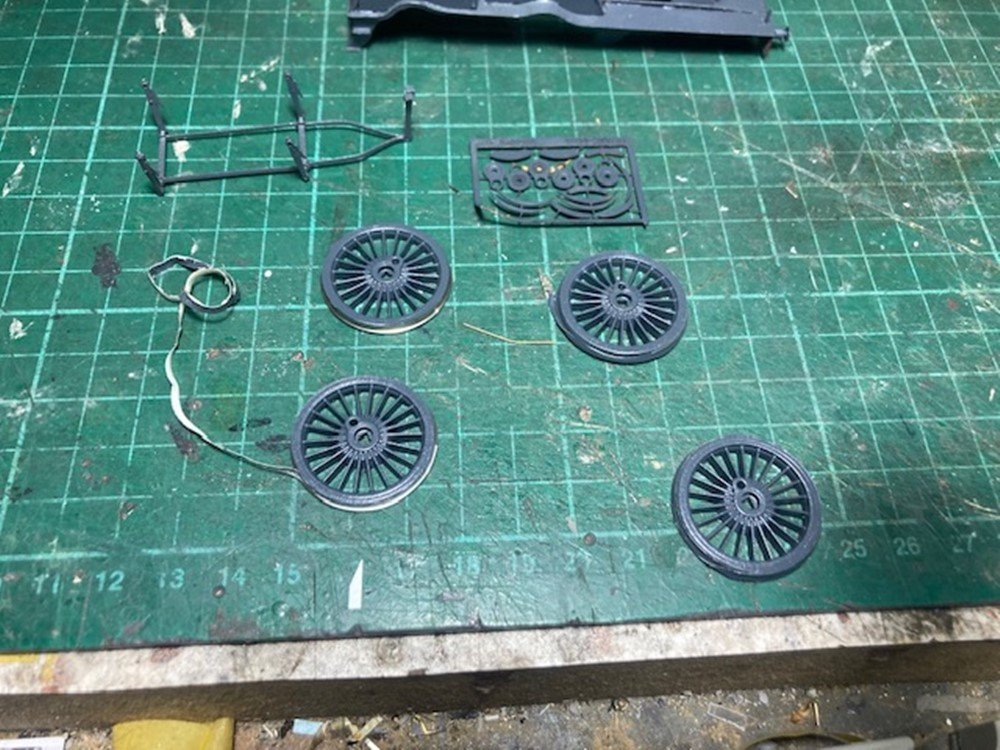
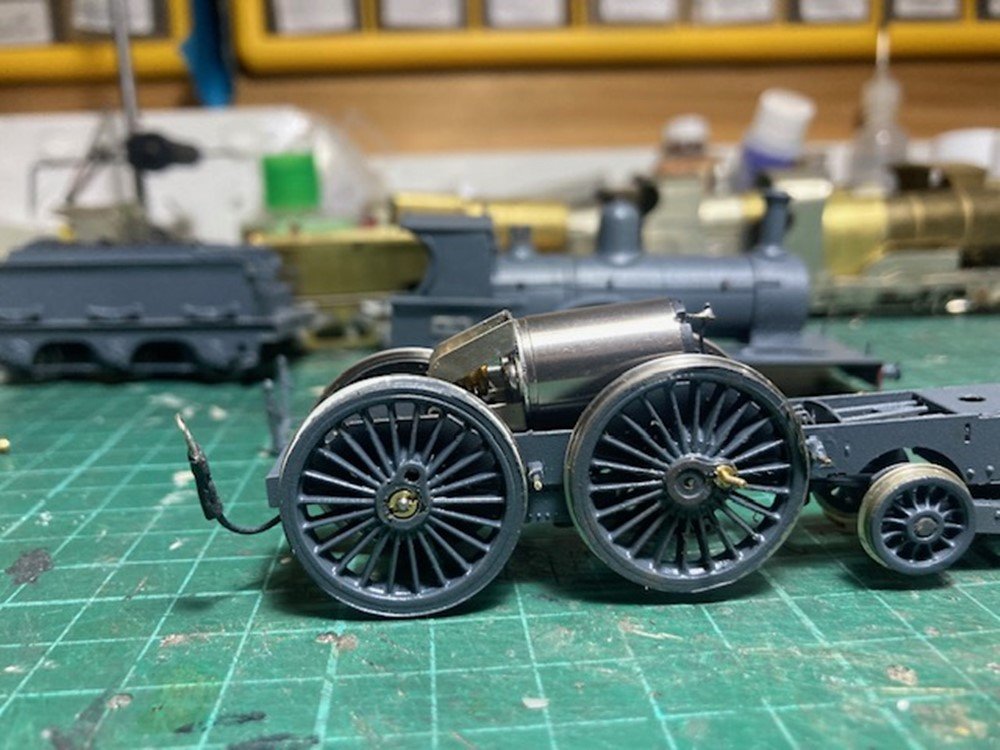

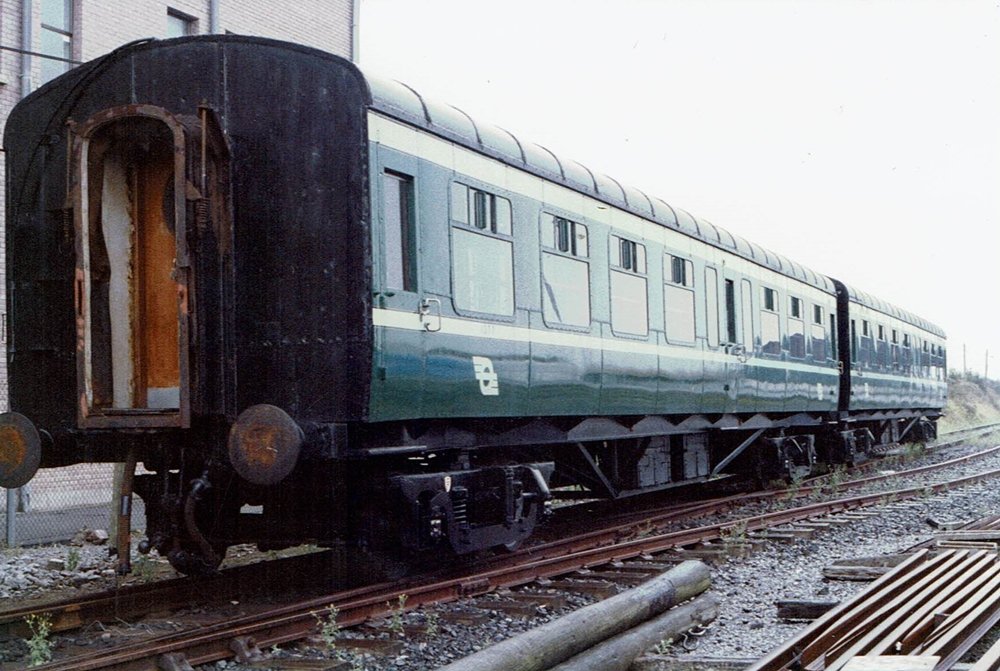
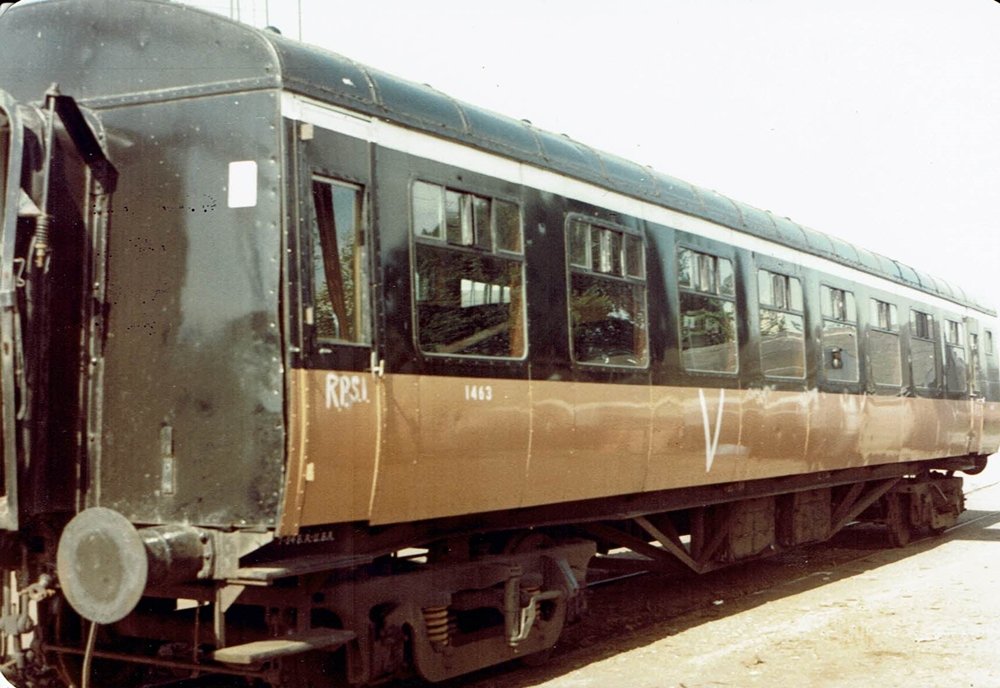
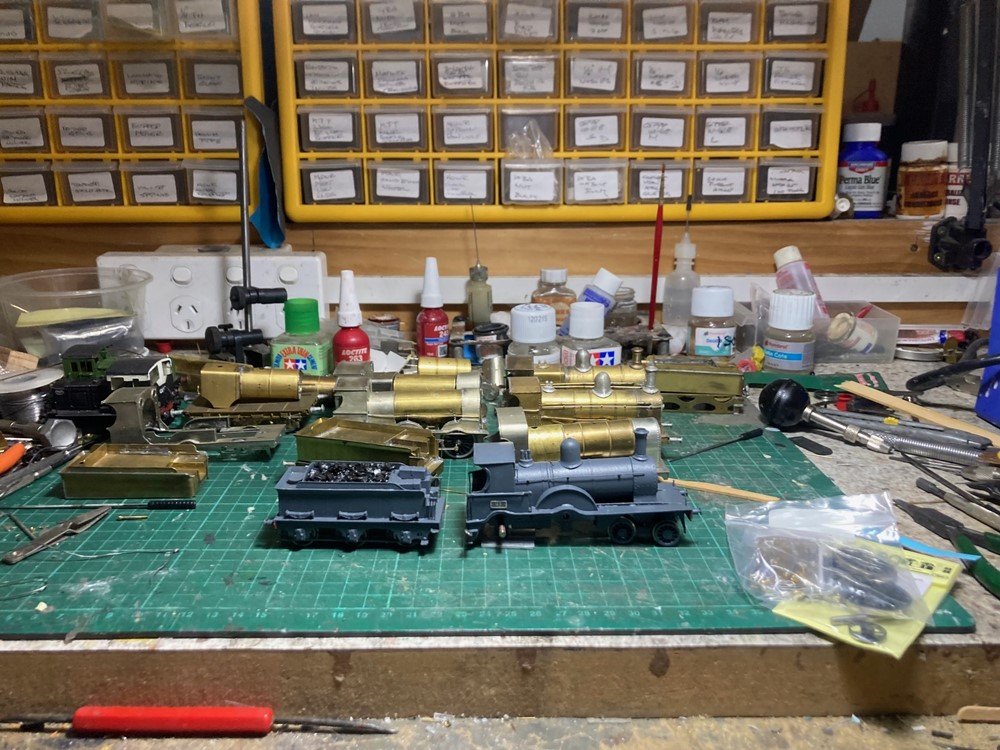

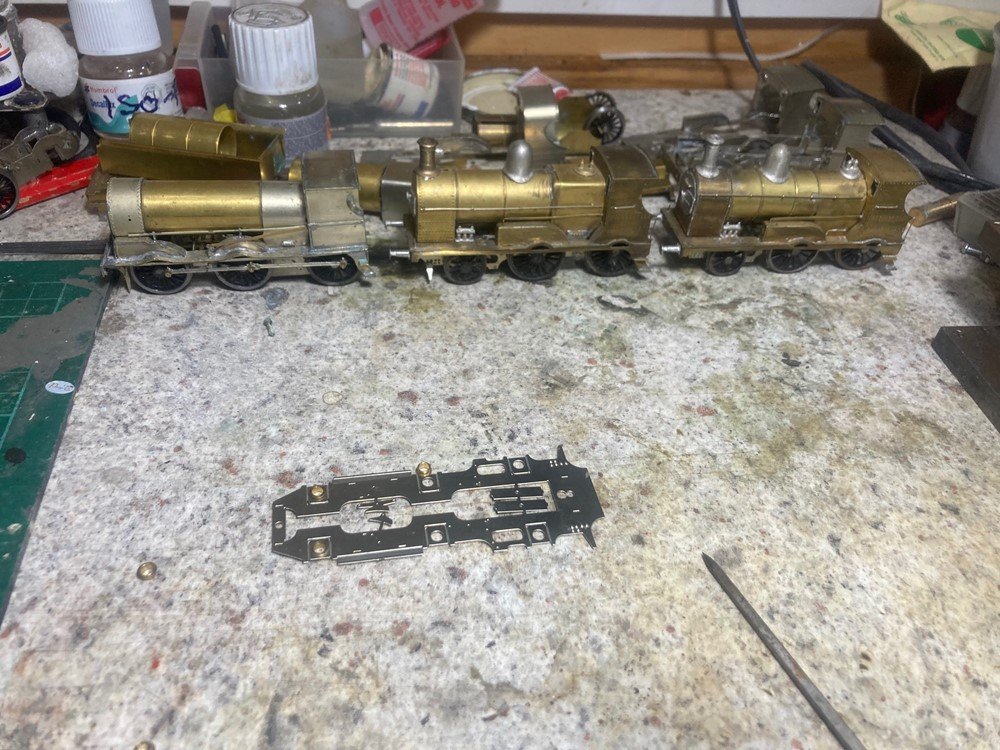



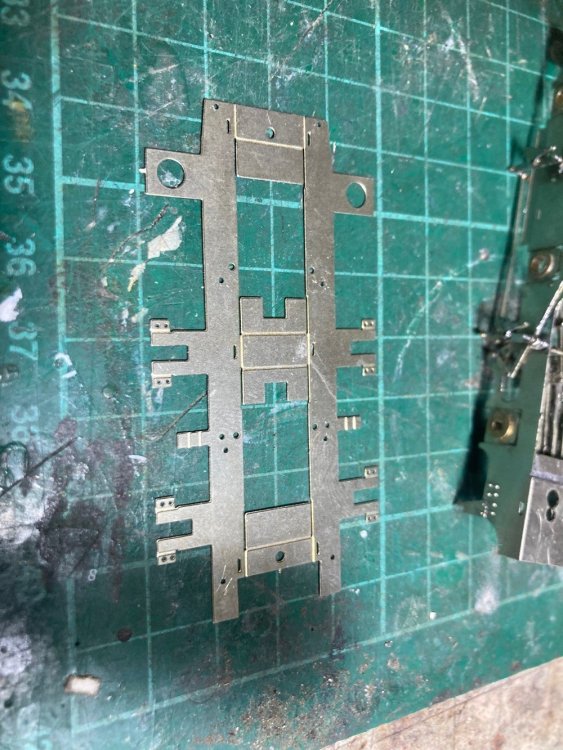

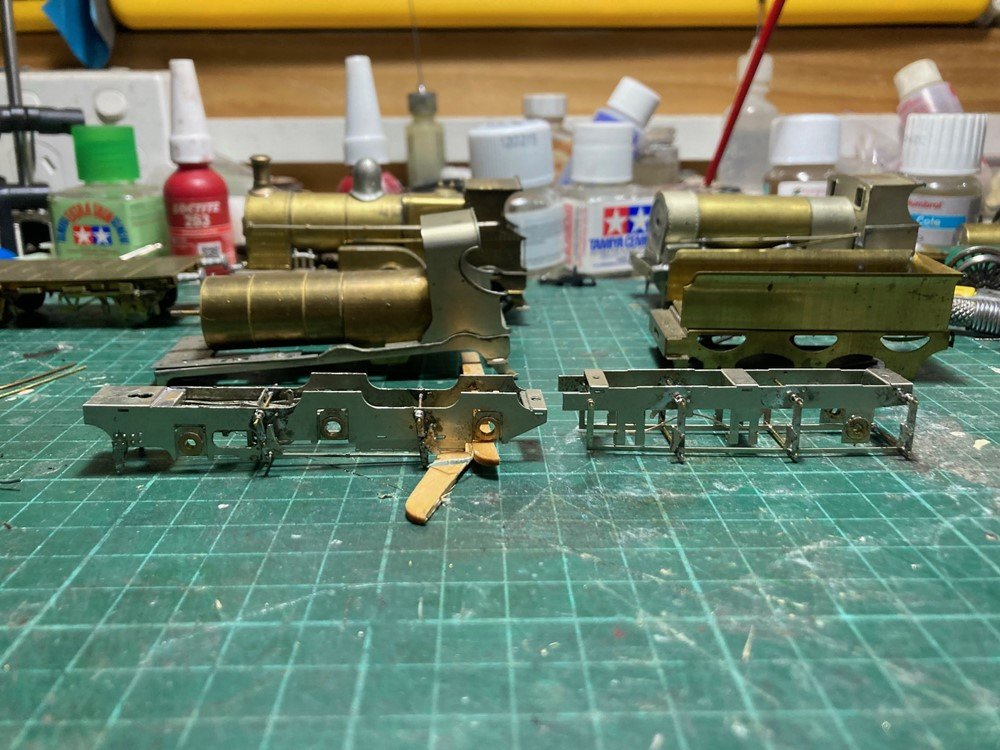
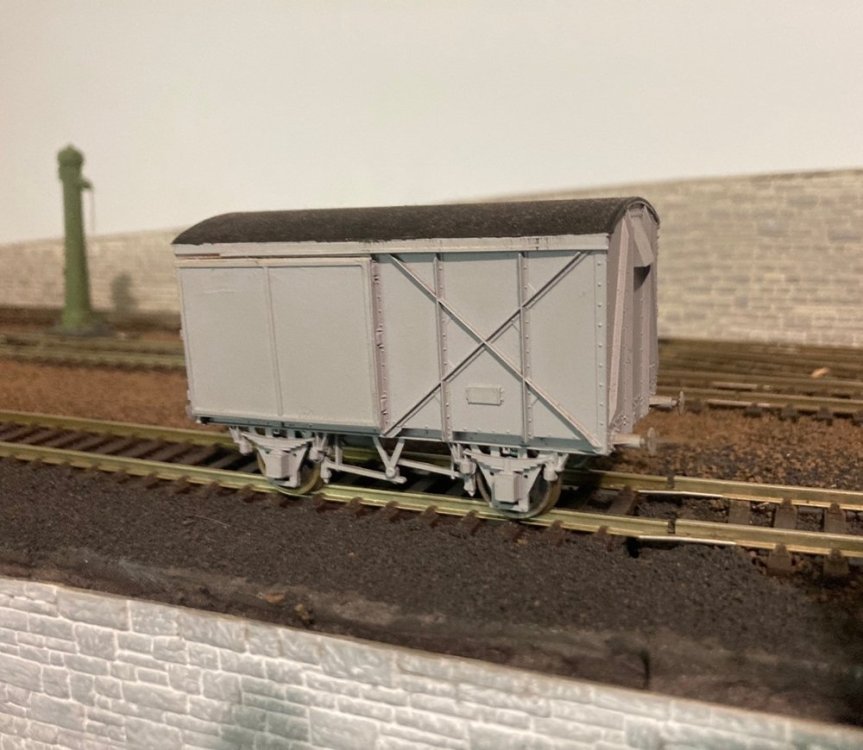
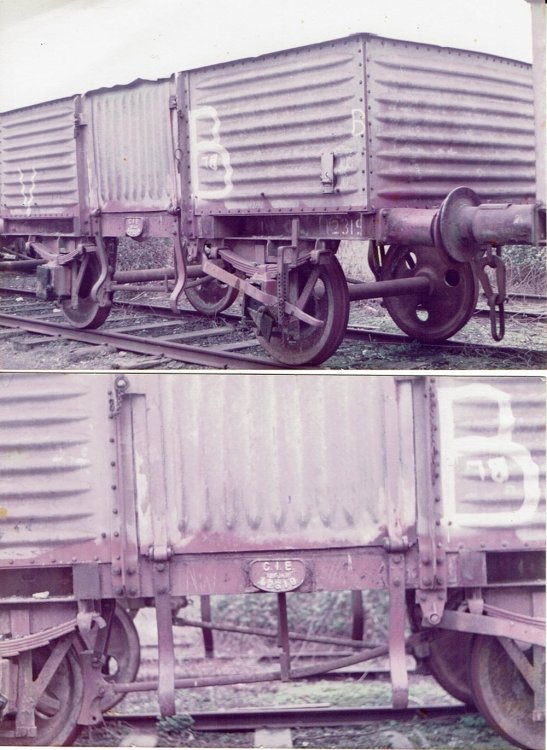
 .
.
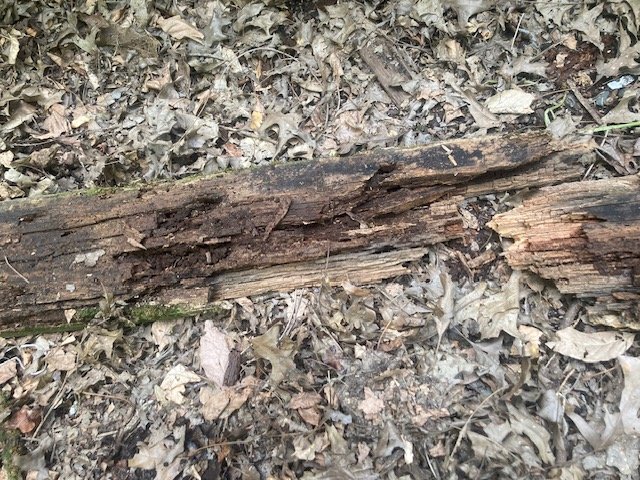
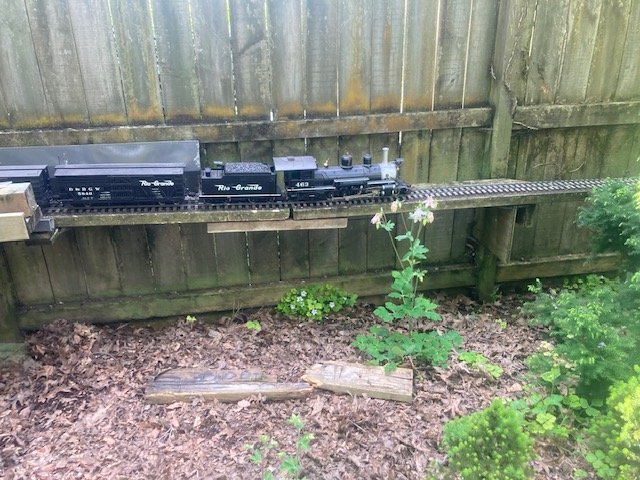
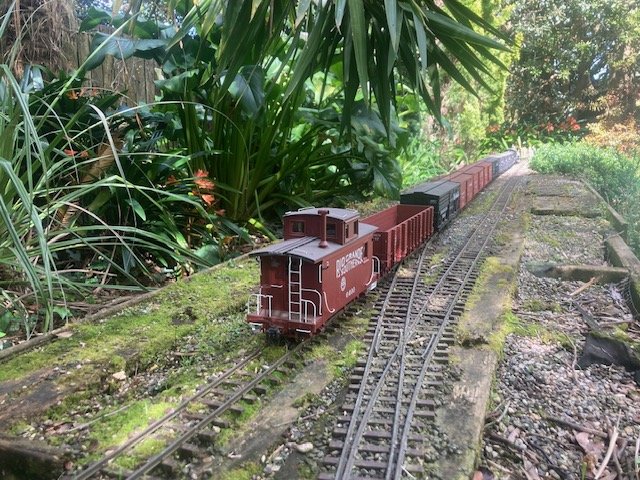
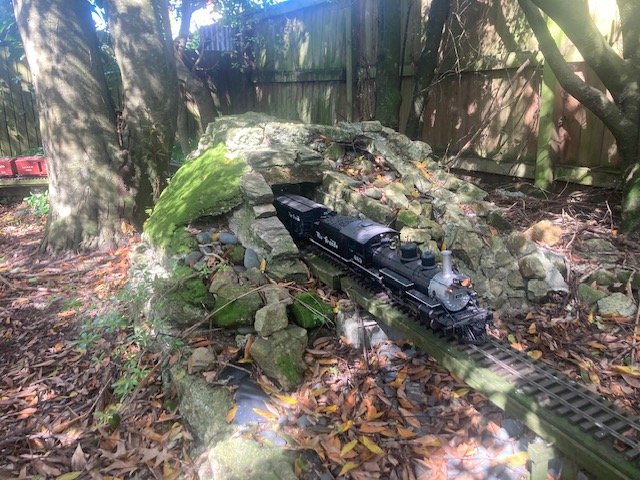

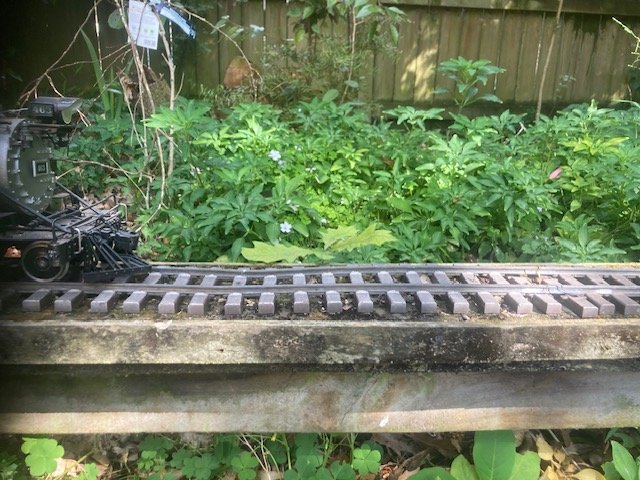
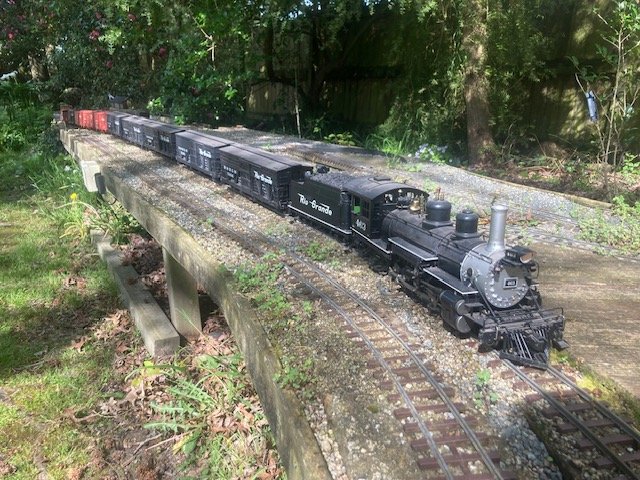
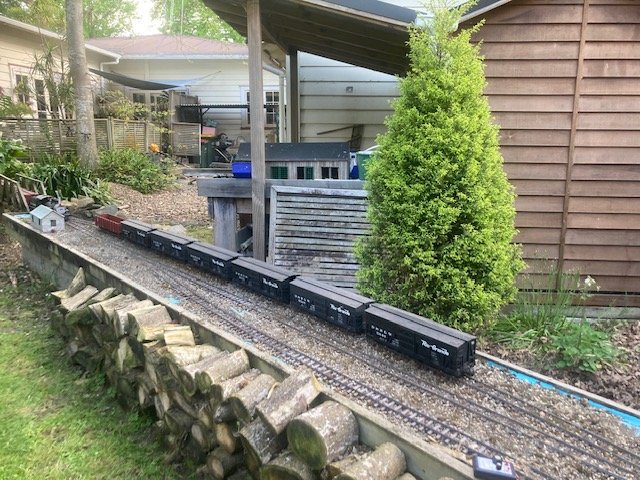
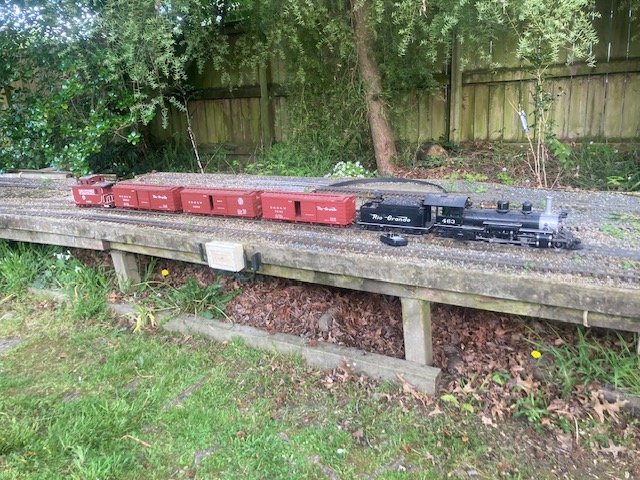
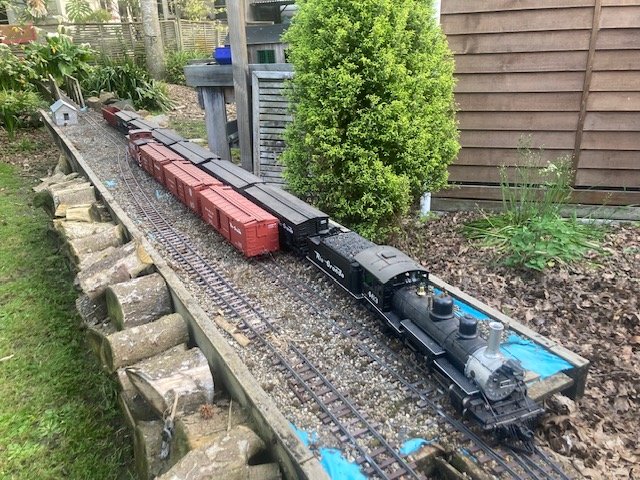


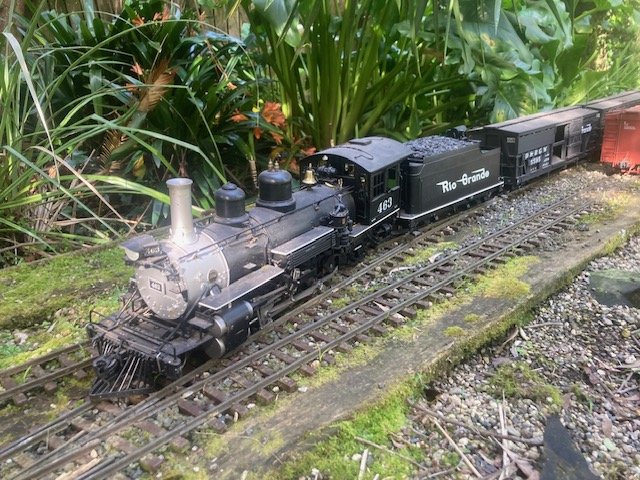
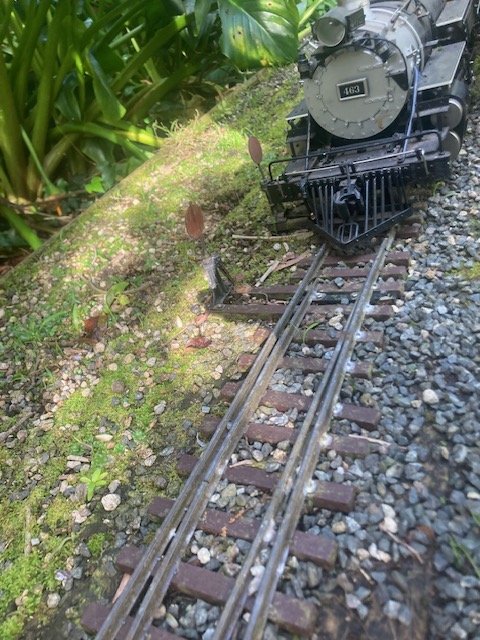
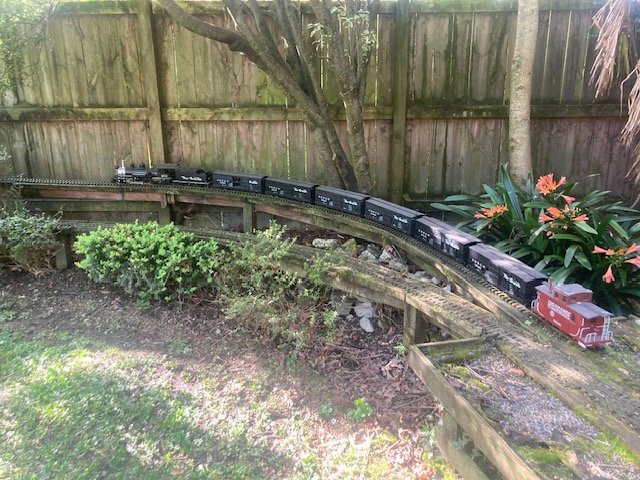
O Gauge UTA Jinty
in Irish Models
Posted · Edited by Mayner
I think a high proportion of Irish rtr models are bought by collectors because of their high potential re-sale value, rather than to something to run on a layout. So in a way the numbers used and use becomes irrelevant, customers tend to buy 1 or 2 models of each variation produced.
Paddy Murphy once used models selling out and potential re-sale value as a marketing ploy on the Murphy Models website.
In a way the NCC/UTA Jinty is a no brainer if you can find a factory that's willing to slot a few "Irish" Jinties into a production run.
Bachmann produced a OO gauge version for MM and Marks appear to have commissioned a Railroad version of the Jinty from Marks.
What next a Hornby Royal Scot masquerading as an 800 class?